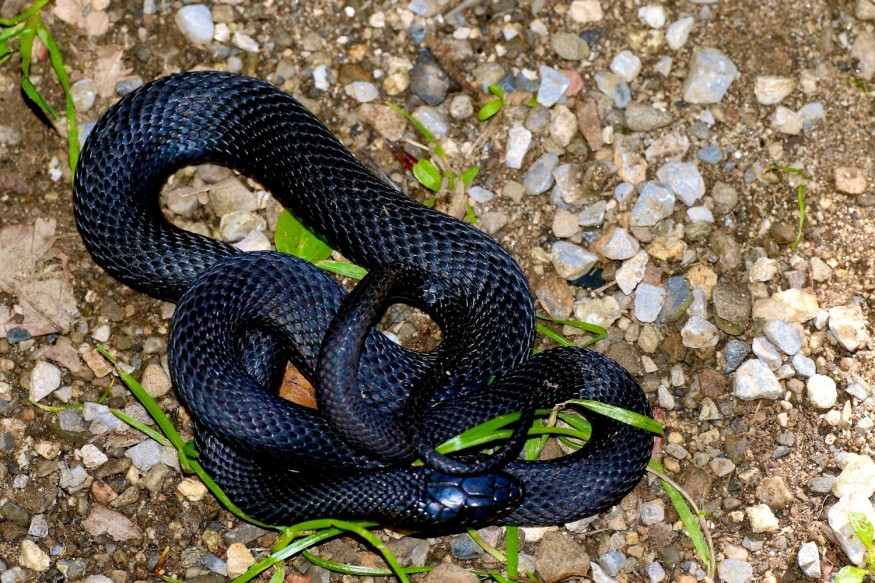The deadliest snake in the world is a subject matter often contested among wildlife experts and in the scientific community. Since there are many aggressive and venomous snake species, the designation of the title of the most lethal of them all is often not absolute, with several factors to consider. These comparisons are somehow similar to different apex predators in different terrestrial ecosystems or habitats.
For instance, certain regions or sub-continents in the world have their apex snake predator. In North America, scientists place the eastern diamondback rattlesnake (Crotalus adamanteus) as the deadliest snake. In Australia, various sources suggest the inland taipan (Oxyuranus microlepidotus) ranks as no. 1 on the list, even if most deaths from snake bites come from the eastern brown snake (Pseudonaja textilis).
Regardless, human fatalities from venomous snake bites are relatively rare but they do occur and such threat is one of the major causes of anima-related deaths. The World Health Organization (WHO) even described a snake bite envenoming as a "neglected public health issue in many tropical and subtropical countries." These lethal cases still persist even with the existence of anti-venom treatments.
Deadliest Snake in the World

The deadliest snake in the world, according to some wildlife experts, is the saw-scaled viper (Echis carinatus) that possesses a deadly bite and a highly toxic venom. This snake has been thought to kill the most people every year, making it the world's deadliest snake. The reptile species can be found in the Middle East and central Asia.
Other honorable mentions that deserve the title of the world's most lethal snake are the inland taipan, king cobra (Ophiophagus hannah), black mamba (Dendroaspis polylepis), Russel's viper (Daboia russelii), and common krait (Bungarus caeruleus). Cases of venomous snake bites occur, particularly when these wild animals feel threatened or provoked, according to scientists.
Snake Bite Envenoming
Snake bite envenoming, as mentioned earlier is an animal threat to be reckoned with. According to the WHO in September 2023, there is an estimated 5.4 million people are bitten by snakes globally each year, with 1.8 million to 2.7 million envenoming cases. Within this figure, around 81,410 to 137,880 people die annually because of snake bites.
The annual deaths are also accompanied by venomous snake bite-related amputations and many other permanent disabilities. Some of the health impairments from bites by venomous snakes include the following, according to the international health body:
- Paralysis with the potential to prevent breathing
- Bleeding disorders that can lead to fatal haemorrhaging
- Kidney failure and tissue damage, leading to permanent disability and limb amputation
The "neglected public health issue" mentioned by the WHO mostly occurs in Asia, Africa, and Latin America. Agricultural workers and children are the most susceptible people to snake bite envenoming. Aside from children, women and farmers in poor rural communities in low- and middle-income countries are especially affected by envenoming, according to the organization.
© 2025 NatureWorldNews.com All rights reserved. Do not reproduce without permission.





